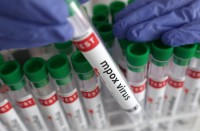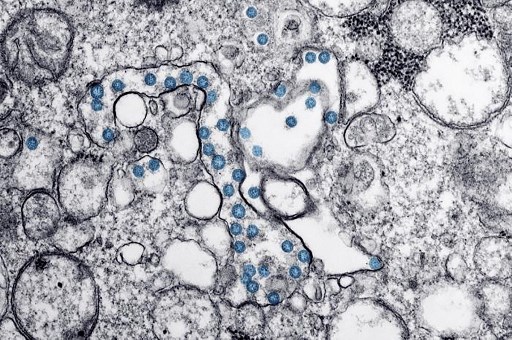
by Amélie BOTTOLLIER-DEPOIS
Agence France Presse
PARIS, France (AFP) — The emergence in Britain and South Africa of two new variants of Sars-CoV-2, which are potentially far more infectious versions of the virus, has prompted widespread concern. Here is what we know — and what we don’t — about the mutations.
– What are they?
All viruses mutate when they replicate in order to adapt to their environment.
Scientists have tracked multiple mutations of Sars-CoV-2, the virus that causes Covid-19, since it appeared in China in late 2019.
The vast majority of mutations did not materially alter either the virus’s virulence or transmissibility.
However, one mutation — variant B117, which likely emerged in southeastern England in September, according to Imperial College London — has now been detected in countries across the world, including the United States, France and India.
Another variant, 501.V2, was detected in South Africa in October, and has since spread to several nations, including Britain and France.
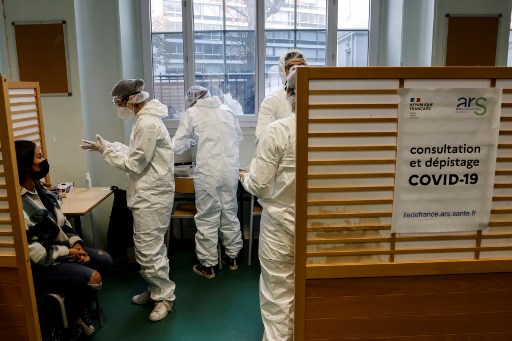
Both have multiple mutations to the virus, most notably on its spike protein — the part of the virus that latches on to human cells and helps it spread.
Specifically, the mutated versions have an altered receptor binding domain known as N501Y, which is situated on the virus’ protein spike and which allows easier access to the ACE2 receptor in human cells.
This makes the mutated versions potentially more infectious than other strains.
The European Centre for Disease Control says that while there is “no clear relationship” between enhanced ACE2 binding and increased transmissibility, “it is plausible that such a relationship exists”.
– Are they more contagious?
Indeed, several recent studies– yet to be peer-reviewed — have concluded that the British variant of Sars-CoV-2 is likely to be far more transmissible than other strains.
The NERVTAG expert committee which advises the British government on disease control has estimated the new mutation is between 50 percent and 70 percent more transmissible.
A team at the London School of Hygiene and Tropical Medicine (LSHTM) concurs, with experts putting increased transmissibility in the 50-74 percent range.
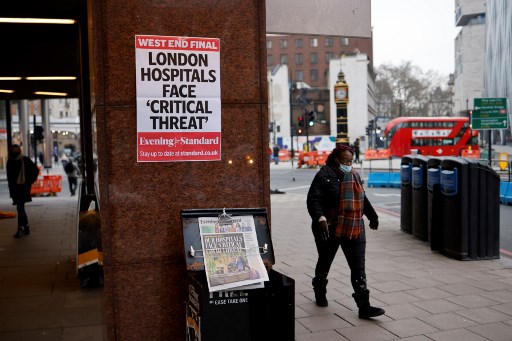
Last week researchers at Imperial College London released the results of a study into thousands of genetic sequences of Sars-CoV-2 found in Britain between October and December.
They found that the new variant had a “substantial transmission advantage”, with a reproduction rate between 0.4 and 0.7 higher than the unmutated virus.
Preliminary studies on the South African variant have also concluded it is more contagious than regular Sars-CoV-2.
Although initial data seems to confirm that the two new versions are more contagious, experts have urged caution.
Bruno Coignard, head of infectious diseases at France’s heath authority Sante Publique France, told AFP that the British variant’s spread was due to “a combination of factors”.
“These concern the virus’ characteristics but also prevention and control measures put in place,” he said.
– Are they more dangerous?
There is currently no evidence to suggest that the mutated viruses are any stronger than normal.
But increased transmissibility alone poses an enormous problem, given that a small but consistent percentage of Covid-19 patients require hospital care.
“Increased transmissibility eventually translates to a far higher incidence rate, and even with the same mortality, this means significant pressure on health systems,” said Coignard.
Adam Kucharski, an epidemiologist at LSHTM, said that a virus that is 50 percent more contagious would be a “much bigger problem” than one that is 50 percent more deadly.
In a Twitter thread, he explained how a disease such as Covid-19, with a reproduction (R) rate of 1.1 — where each patient on average infects 1.1 others — and a mortality rate of 0.8 percent would be expected to produce 129 deaths within a month.
If the mortality rate increased 50 percent, the number of deaths would rise to 193.
But due to the exponential growth in cases with a more contagious variant, a disease with a 50 percent higher transmission rate would see the death toll hit 978.
Arnaud Fontanet, an epidemiologist with France’s science council, admitted on Monday that the new British variant was “extremely concerning right now”.
Initial studies also concluded that the British variant was significantly more contagious among young people, which raises the issue of whether or not to keep schools open.
The LSHTM study concluded that lockdowns similar to those seen across Britain in November would be insufficent to stem the new variant’s spread “unless primary schools, secondary schools, and universities are also closed”.
– Will vaccines still work?
As vaccination campaigns get underway across the world, is there any reason to fear that the new mutations may not respond to the host of vaccines already on the market?
After all, the messenger RNA vaccines developed by Pfizer and Moderna trick the body into reproducing the virus’s spike protein — the precise part of the pathogen that has mutated in the new versions.
The ECDC said it was too soon to know if the mutations will impact vaccine efficacy.
Last week Henry Walke from the American Centers for Disease Control told reporters that “experts believe our current vaccines will be effective against these strains”.
On Monday however, Francois Balloux, professor of Computational Systems Biology and Director at University College London’s Genetics Institute said that the South African variant’s spike protein mutation “helps the virus to bypass immune protection provided by prior infection or vaccination”.
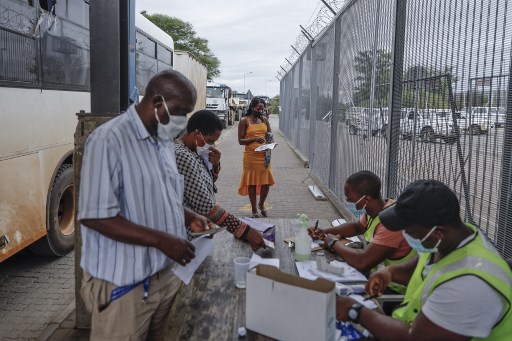
German vaccine developer BioNTech said Friday its vaccine appeared to be effective at neutralising a variant of the coronavirus that shared a key spike protein mutation with the British variant.
In unreviewed research, scientists in the US took blood samples from 20 people who had received two doses of the Pfizer/BioNTech vaccine and exposed them to virus molecules with the N501Y mutation.
They found “no reduction in neutralisation activity against the virus bearing the (mutated) spike”.
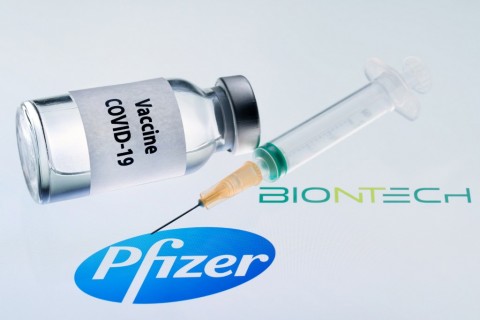
– What can we do about them?
Coignard said it was impossible to eradicate the new viral variants entirely, although the goal from policymakers should be “maximum delay” of their spread.
The ECDC says that in countries currently unaffected by the new mutations, “efforts to delay the spread should mirror those made during the earlier stage of the pandemic”.
These include tests and quarantining of new arrivals, contact tracing and limited travel, it said.
By sheer luck, certain existing PCR tests can detect the British variant.
Fontanet therefore advocated “extremely aggressive surveillance” through widespread testing.
“We need to be even more vigilant in our prevention measures to slow the spread of Covid-19 by wearing masks, staying at least six feet apart from people we don’t live with, avoiding crowds, ventilating indoor spaces and washing our hands,” said Walke.
© Agence France-Presse



